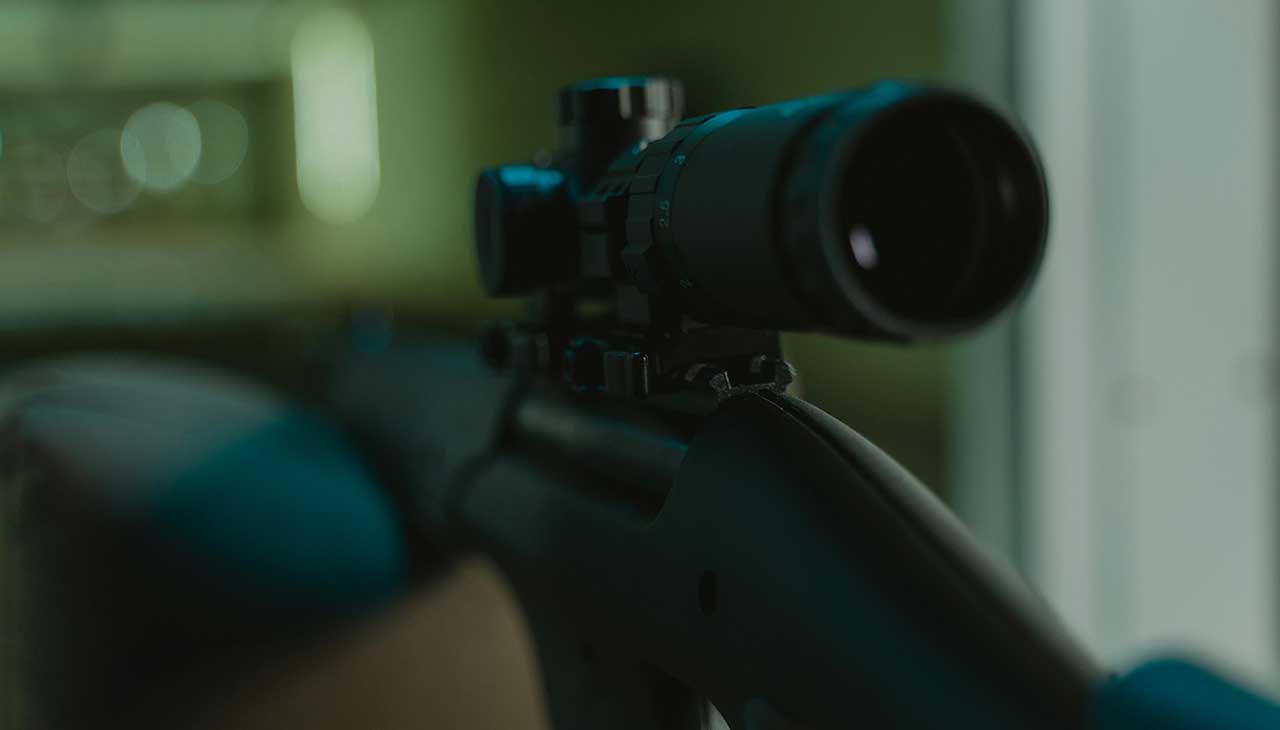Enhancing Surveillance and Safety: The Role of a Birding Scope in Less-Lethal Security Measures

In a world where ensuring safety and security is paramount, the methods employed to maintain surveillance and order are rapidly evolving. Gone are the days when lethal force was the primary option for security personnel. The landscape of security measures is shifting toward less-lethal methods that prioritize life and de-escalate potential threats. This change has highlighted the pivotal role of enhanced surveillance techniques, one of which includes the innovative use of a birding scope. By adopting tools traditionally used in the peaceful pursuit of bird watching, security sectors are discovering new ways to uphold safety without resorting to force.
Defining the Birding Scope
A birding scope, or spotting scope, is a small, portable telescope designed primarily for observing wildlife, including birds, at long distances. Enthusiasts treasure them for their powerful magnification, exceptional clarity, and portability. However, beyond bird watching, the birding scope’s superb optical performance and technological advancements have made it a valuable asset in the realm of security.
The Birding Scope in Security
The application of a birding scope as a security instrument is a testament to its versatility and effectiveness in surveillance. It offers several advantages that render it superior to some traditional security technologies. The high-powered magnification allows for close monitoring of suspicious activities from a safe distance, minimizing the potential for confrontations. Its lightweight and mobile design enable rapid deployment across multiple vantage points, crucial for dynamic security situations. Furthermore, the birding scope’s ability for detailed observation under a variety of lighting conditions — including low-light scenarios — ensures consistent surveillance capability throughout day and night.
Advantages Over Security Cameras
While stationary security cameras play a significant role in monitoring premises, they are often limited by their fixed position and sometimes subpar zoom capabilities. In contrast, a birding scope can be directed instantly to areas of interest, providing real-time information that static cameras can miss. The higher resolution and optical zoom also diminish the risk of digital distortion, a common issue with camera zoom, ensuring the clarity of detail needed for accurate identification and assessment of potential threats.
Advantages Over Binoculars
Compared to binoculars, the singular focus of a birding scope enables extended periods of observation without the eye fatigue that binoculars might induce. The stability afforded by tripods or monopods — commonly used with birding scopes — makes long-duration surveillance more reliable and comfortable for security personnel.
Case Studies
Public Spaces
In large public gatherings, birding scopes have been deployed to oversee crowds from elevated positions discreetly. This method has been instrumental in identifying lost individuals, detecting suspicious behavior without alerting the subjects, and orchestrating appropriate responses.
Wildlife Reserves
Wildlife reserves have incorporated birding scopes to watch over vast, remote areas where poaching might occur. The scopes facilitate the monitoring of sensitive zones beyond the reach of traditional patrols and have successfully aided rangers in apprehending poachers before they inflict harm on endangered species.
Industrial Sites
At critical infrastructure sites, such as power plants and factories, birding scopes provide security teams with the means to oversee perimeter fences and sensitive entry points. These instruments have been pivotal in preempting unauthorized intrusions and industrial espionage activities.
The Future of Birding Scopes in Security
The continuous advancement of birding scope technology, including superior lens coatings, digitalization, and integration with other security systems, suggests a bright future for this tool within security measures. We can anticipate even greater magnification capabilities, enhanced image stabilization, and possibly digital recording options directly integrated into the scope in the future. The birding scope could evolve to not just be an observation tool but also act as a documentation device that provides objective evidence during incidents.
Conclusion
The birding scope, an unassuming instrument harboring potential far beyond birdwatching, stands at the forefront of less-lethal security measures. Its blend of technological sophistication and ease of use offers an unparalleled advantage for personnel tasked with maintaining safety. By harnessing its capabilities, security operations can conduct more effective, humane, and covert surveillance—fundamentally transforming security protocols. As society continues to demand non-violent means of enforcement, the birding scope is poised to become a mainstay in security ecosystems around the world, safeguarding lives while preserving peace.
Leave a Reply